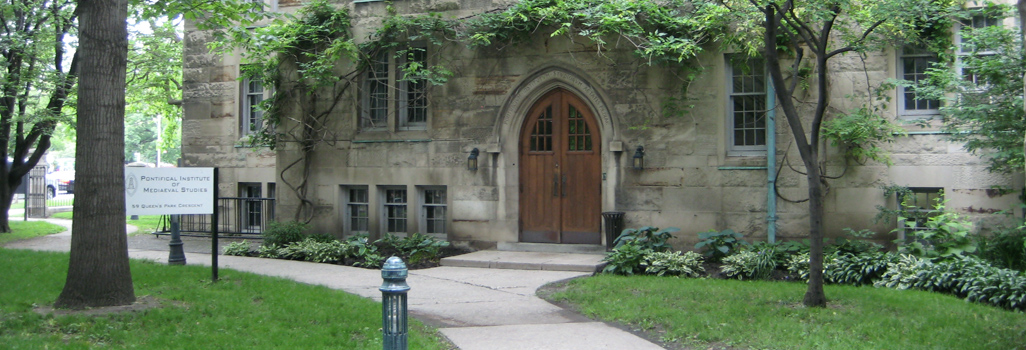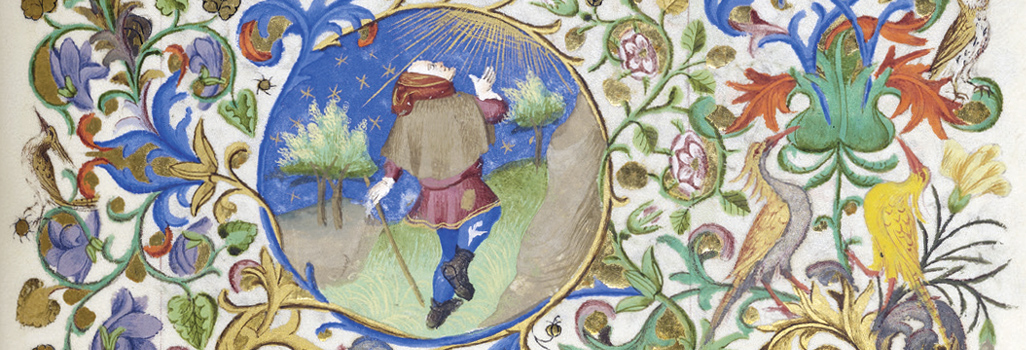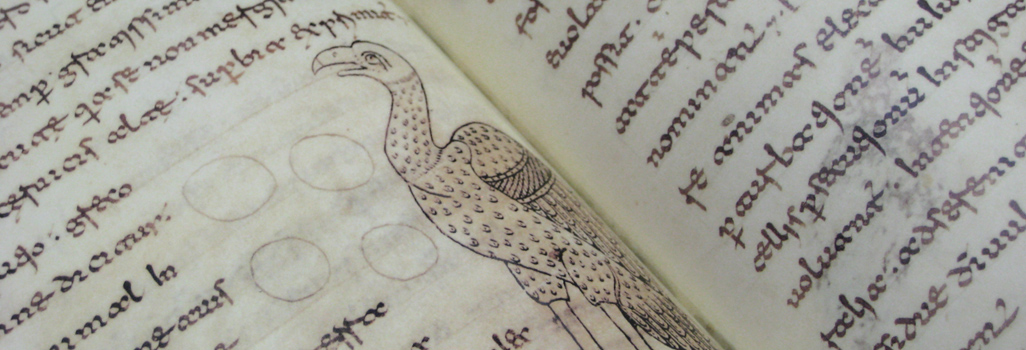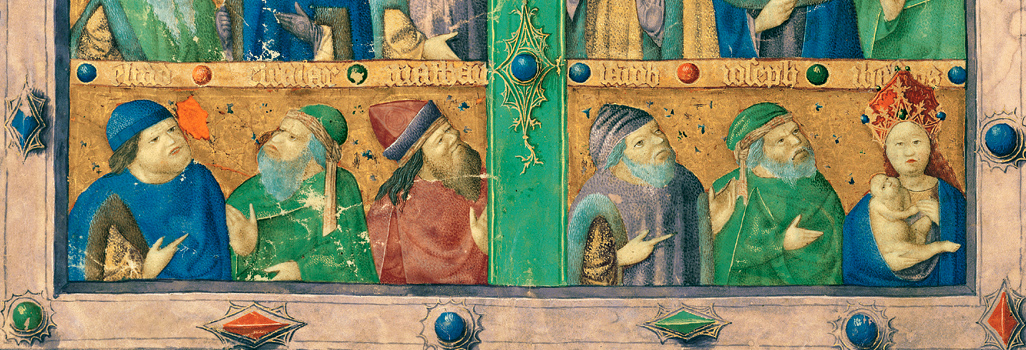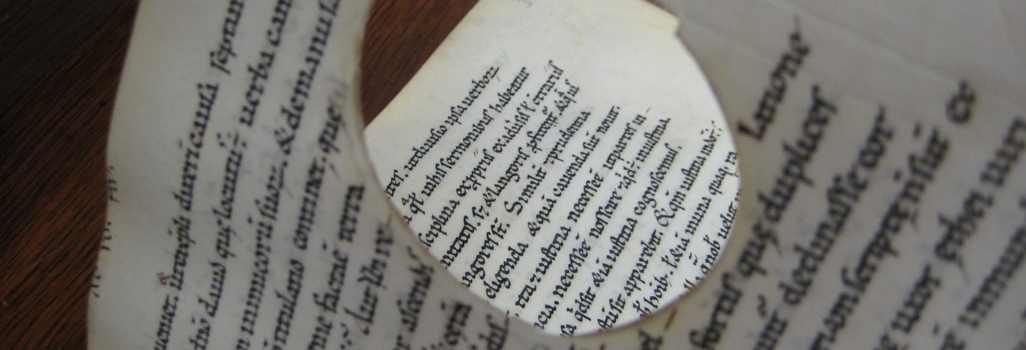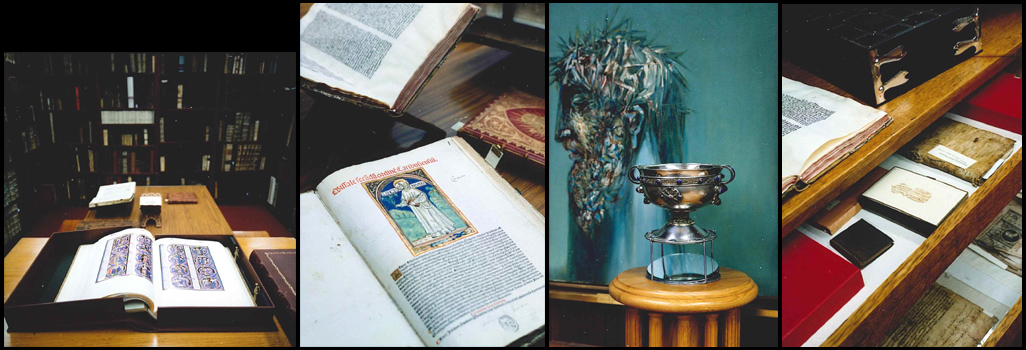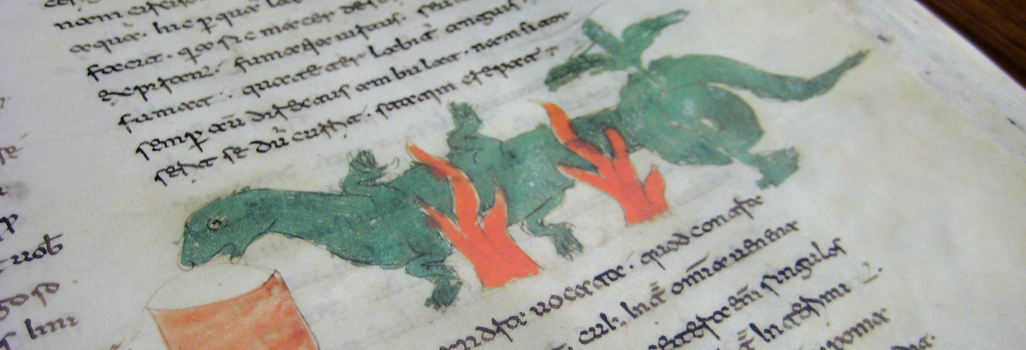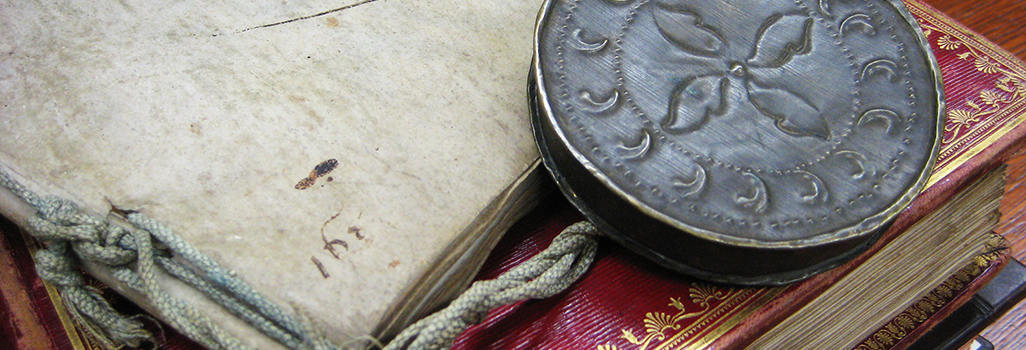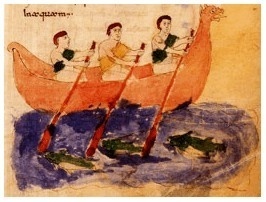
Orientations: A Guide for Mellon Fellows and Visitors
A warm welcome to our new Mellon Fellows and Institute Visitors (including both Visiting Scholars and Research Associates)! This guide provides general orientation on a range of topics, academic and non-academic. It provides links to helpful electronic resources for further information related to the Institute, as well as to the University of Toronto and the City of Toronto. All Mellon Fellows and Visitors are encouraged to familiarize themselves with the Institute’s organizational structure and to consult members of staff for assistance.
Institute Services and Facilities
ACCOMMODATION
The Institute does not provide accommodation for Mellon Fellows and Visitors. Like any major city, Toronto’s occupancy rates for rental housing vary considerably from year to year. It is best to plan well in advance of arrival on campus.
The Institute is located on the campus of the University of St Michael's College. Mellon Fellows and Visitors interested in living in residence at the college should contact the Office of the Dean of Students to inquire about availability as soon as possible (telephone 416 926 7127). They should mention their affiliation with PIMS, as Mellon Fellows and Visitors will be given priority over outside residents.
Useful information on residential accommodation may be found at the University of Toronto’s Off-Campus Housing site. Mellon Fellows and Visitors should also find useful the nonprofit site devoted to Ontario Tenants Rights, which provides information on tenants' legal rights, finding affordable housing, discrimination, and apartment security. In addition, the classified ads in local editions of The Toronto Star and The Globe and Mail can provide further assistance.
BENEFITS AND SERVICES
Please refer all questions relating to financial matters to the Treasurer, and enquiries regarding visas to the Registrar; contact information can be found on the Directory page of this website. General information about many issues of concern to non-Canadian residents, such as visas, UHIP (University Health Insurance Plan), child care, cost-of-living, income tax, etc may be found at the International Student Centre website.
ACADEMIC PROGRAMMES
The Institute’s academic programmes are described in detail in the Academics section of this site. Please refer all enquiries regarding admission, requirements, academic meetings (including the Interdisciplinary Research Seminar), and issues of policy to the Registrar.
OFFICES AND FACILITIES
As far as possible, Mellon Fellows and Visitors are assigned offices in the Institute building or in the Library for the duration of the academic term. Please refer all questions regarding offices and facilities to the Treasurer. Offices are sparely furnished, but are not equipped with computers. High-speed internet access, however, is available (see below). Telephone service is provided by the University of St Michael’s College.
INSTITUTE EVENTS
Over the academic term, the Institute hosts a variety of endowed and guest lectures and other meetings of interest to the entire PIMS community. The Centre for Medieval Studies in the University of Toronto also regularly hosts events of interest. In the autumn and spring, the Institute holds its open meetings of Council, which Mellon Fellows, Visitors, and their guests are encouraged to attend, and each spring brings a distinguished medievalist to deliver the Gilson Lecture. For a comprehensive and up-to-date listing of events, please consult the Calendar.
LIBRARIES
The Institute library is housed on the fourth floor of the John M. Kelly Library at St Michael’s College. Its collections of printed books, manuscripts, and microfilms is non-circulating; admittance is by pass only. For additional information about hours, access, and a guide to the collections, see the Library section on this site.
All Mellon Fellows and Visitors have access to the University of Toronto library system, a network of over forty libraries that together make up the largest academic library in Canada. The Robarts Library, across Queen’s Park, houses the social sciences and humanities research resources; the Gerstein Science Information Centre serves the science and health science disciplines. The Institute’s collections in reference works, manuscripts, and early printed books are complemented by the resources of The Thomas Fisher Rare Book Library, the Fine Art Library, as well as the Centre for Reformation and Renaissance Studies. College libraries on the St George campus are rich in several related disciplines: philosophy and religion are especially well served by the collections at St Michael’s, Emmanuel, and Trinity colleges; classics, literature, and art by the E.J. Pratt Library at Victoria College. Registered users of the library system also have access to an impressive and growing range of electronic resources, from reference works and full-text e-journals to online databases.
Access to the Robarts stacks and borrowing privileges at all libraries are restricted to card holders. To obtain a photo library card (also known as a TCard), take a copy of the letter of appointment issued by the Registrar to the Reader Registration desk on the main floor of the Robarts Library. The TCard may also be used to purchase photocopies and computer printing at libraries across campus.
E–MAIL AND INTERNET ACCESS
Mellon Fellows and Visitors may find that it is more convenient to retain their existing institutional or generic e–mail accounts. However, e–mail is also provided by UTORMail, the University of Toronto’s institutional e–mail service. Off-campus access to restricted online resources is available through a service called my.access.
All offices in the Institute and the PIMS Library are wired for internet access via the UofT computer network (NOTE: dial-up access via modem is not available). Any standard ethernet card may be installed on your computer; network cards may be purchased at the Campus Computer Shop. The IP address and other network settings required may be obtained from the Treasurer. Access to the network is controlled by Computing and Networking Services. Questions regarding network settings and computer configuration may be referred to the staff at Workgroup Technology Support (telephone help line 416 946 4009). Advanced users can find helpful information at World of Windows Networking.
INFORMATION TECHNOLOGY
The Scotiabank Information Commons, located on the first floor of Robarts Library, provides a range of technical resources and services such as software licensing and distribution, as well as video and multimedia services. The Information Commons Help Desk provides telephone, e–mail, and walk-in technical support on licensed software. The barcode on a valid TCard (see above) may be required to verify university association.The Resource Centre for Academic Technology supports the use of emerging technologies in teaching, learning, and research. The Classroom Technology Support Group maintains an inventory of audiovisual equipment for teaching.
The University of Toronto
Various colleges, libraries, and services within the University of Toronto have already been mentioned above. The new Mellon Fellows and Visitors are urged to consult the university’s many web pages for further information. Two navigational aids, in particular, may be worth keeping in mind: the constantly expanding list of campus websites and the very helpful campus maps including those of the St George Campus, as well as special maps of the St Michael's College campus.
